| |
 |
| |
Morrison altered this negative to create a portrait of just one sitter. Notice the cropped oval around the woman and the opaquing over the infant cradled in her arms. |

With the click of the shutter, Hugh Morrison Jr.'s work was only partially completed. Next he had to process the negative. For this task he used a small darkroom in the corner of his studio. There he labored in complete darkness to develop the image on the negative. Once the negative was dry, Morrison printed it on paper to make a positive proof.
Glass plates were subject to flaws that appeared as unwanted dots and blobs. For that reason, almost all negatives required some retouching. While retouching, Morrison could also smooth wrinkles, correct eye glare, and address other imperfections to make his sitters look their best. The process required much time and skill and afforded little room for error; if the negative was damaged, the photograph was ruined. Morrison devoted many hours to this detailed task. After the negative was ready, Morrison returned to the darkroom and, under the glow of a red lightbulb, produced the final print.
In addition to the basic steps involved in producing his photographs, Morrison offered custom services. These included adding color to images by hand-tinting prints with oils and pastels. He also matted and framed photographs at a customer’s request, and he would even develop prints from the film of a customer’s personal camera. In all these ways, Hugh Morrison Jr. established his reputation as a photographer who made everyone look “as good as can be.”
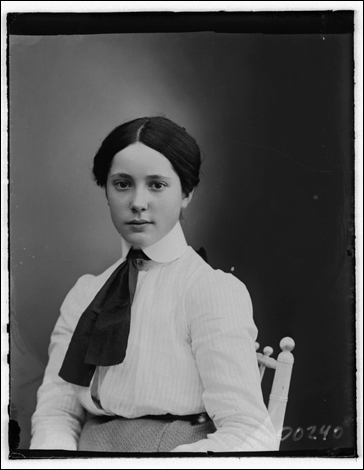 |
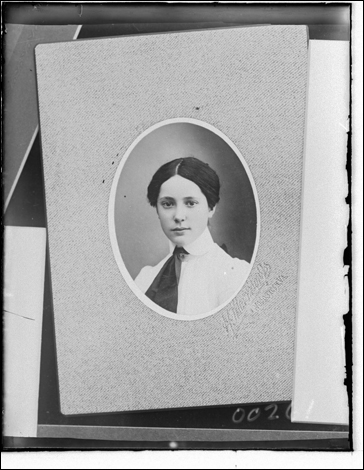 |
| The image to the left is the full-frame scan from the original glass plate negative. On the right is a photo of the cropped final product. |
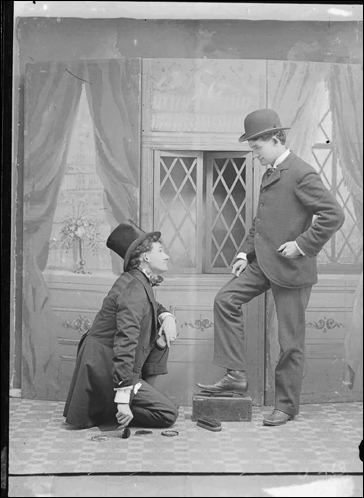 |
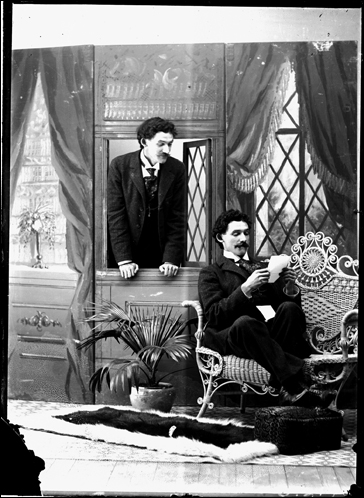 |
| These self portraits of Hugh Morrison Jr. show his playful nature using negatives that have been double exposed. A careful observer will be able to see the light line that separates the two exposures. |
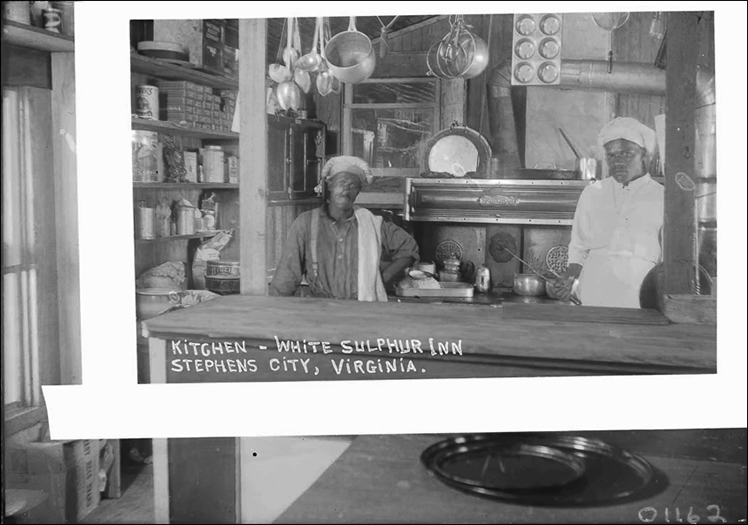 |
| Here Morrison cropped and added text to a glass plate negative. He then printed it for sale as a postcard. |
|
|



